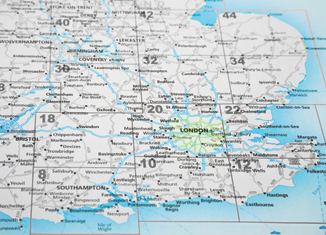George Bernard Shaw said: “The single biggest problem in communication is the illusion that it has taken place.”
The National Planning Policy Framework (NPPF) paragraphs 39-46 provide the national planning policy basis for encouraging the use of pre-application discussions with local planning authorities. However, on most projects nowadays, developers need to weigh up whether or not to canvass the project with their neighbours or local community organisations.
This is often seen as an inconvenience and unnecessary delay to obtaining planning permission – but this is not always the case and in some cases needs to be seen as an important step in ensuring the planning permission is granted as swiftly and as certainly as possible.
In a recent project for clients in Wamil Court, Mildenhall, Suffolk, we obtained planning permission for the change of use of a 35-bed care home (Class C2 Use) to 30 self-contained flats (Class C3 Use). Neighbour and other consultations beyond the local planning authority were pivotal to our success.
Why consult?
This may seem a trite question, but it is important to understand this point. Firstly, you want to avoid key objections or a certain number of objections that can take the application to a Planning Committee. Once it goes to a Committee, the decision can be seen as more controversial, it gets more ‘political’ and the risks of refusal increase. This also adds to delay and cost.
If Ward Councillors or a certain number of members of the public object to an application then, under the Council’s internal administrative rules (known as the ‘Council Constitution’) this can automatically cause the application to be referred to the Planning Committee.




















